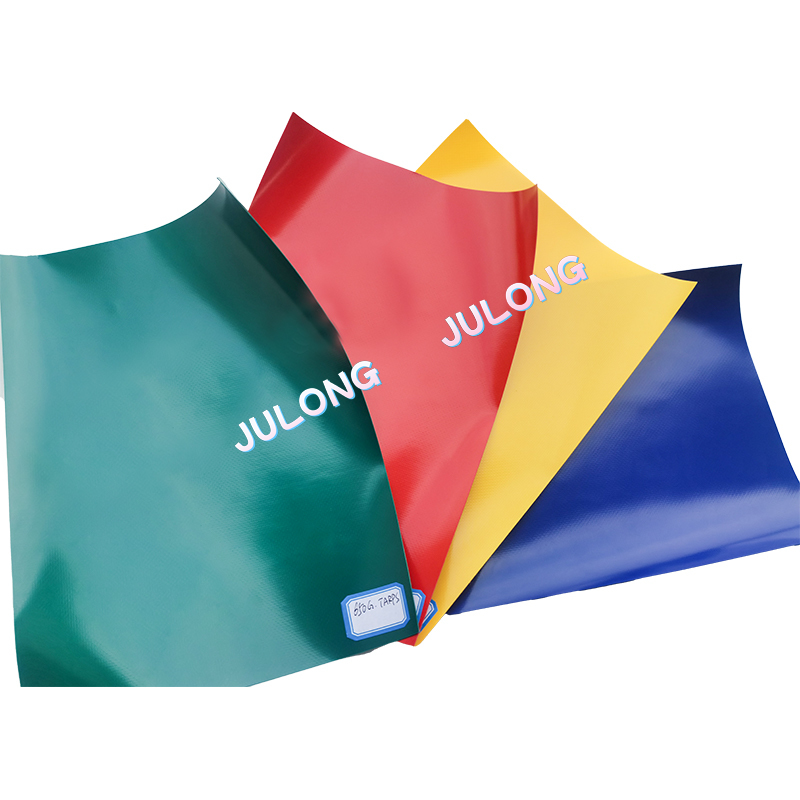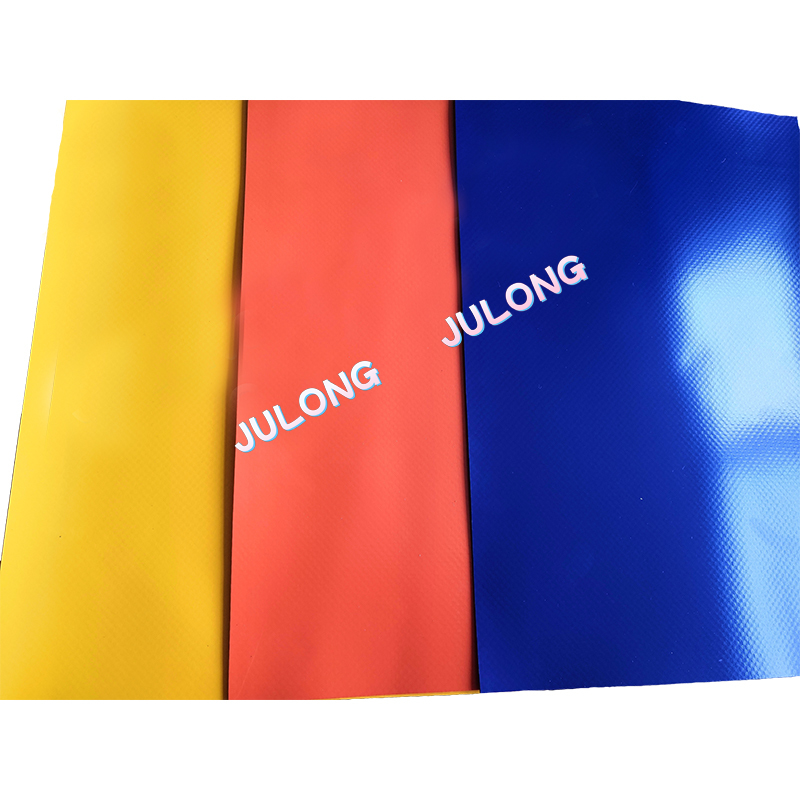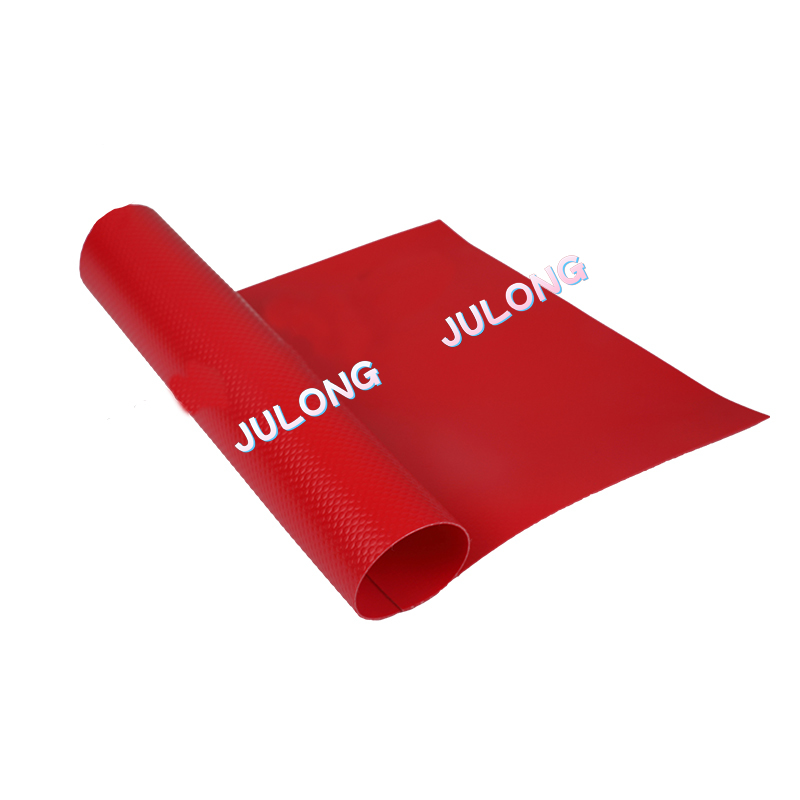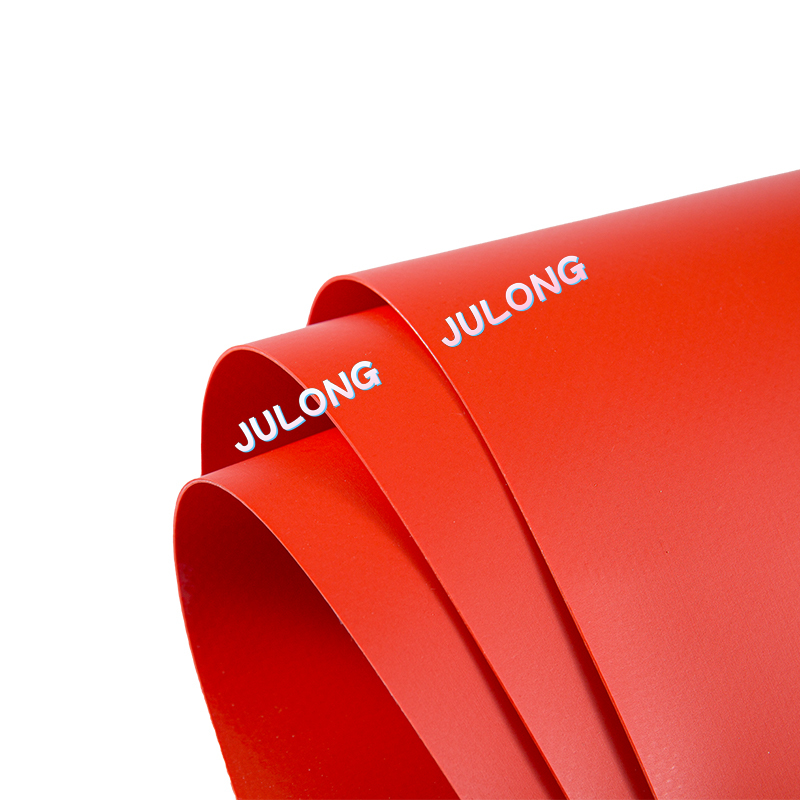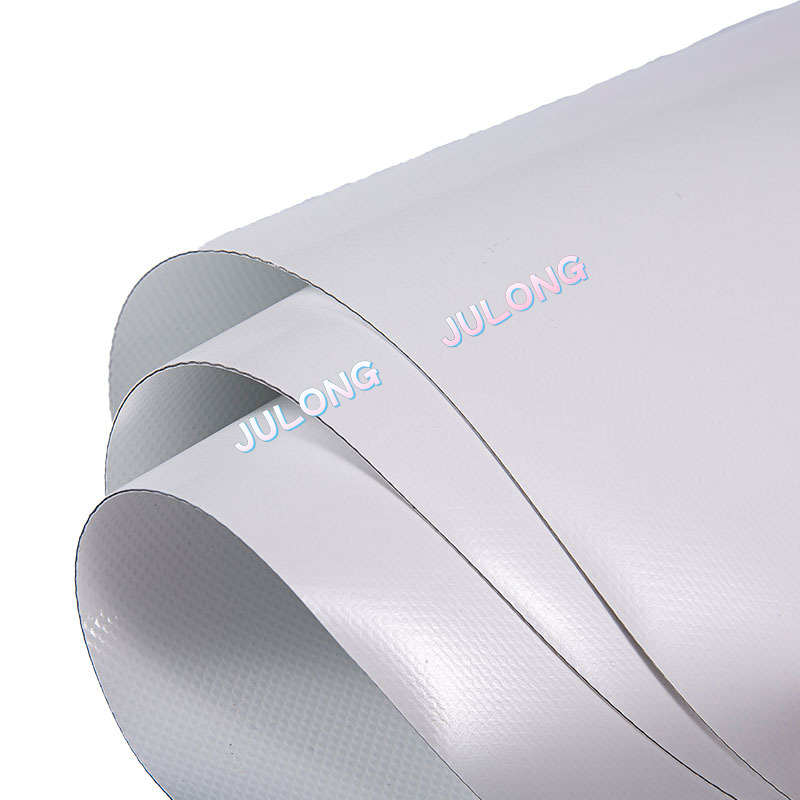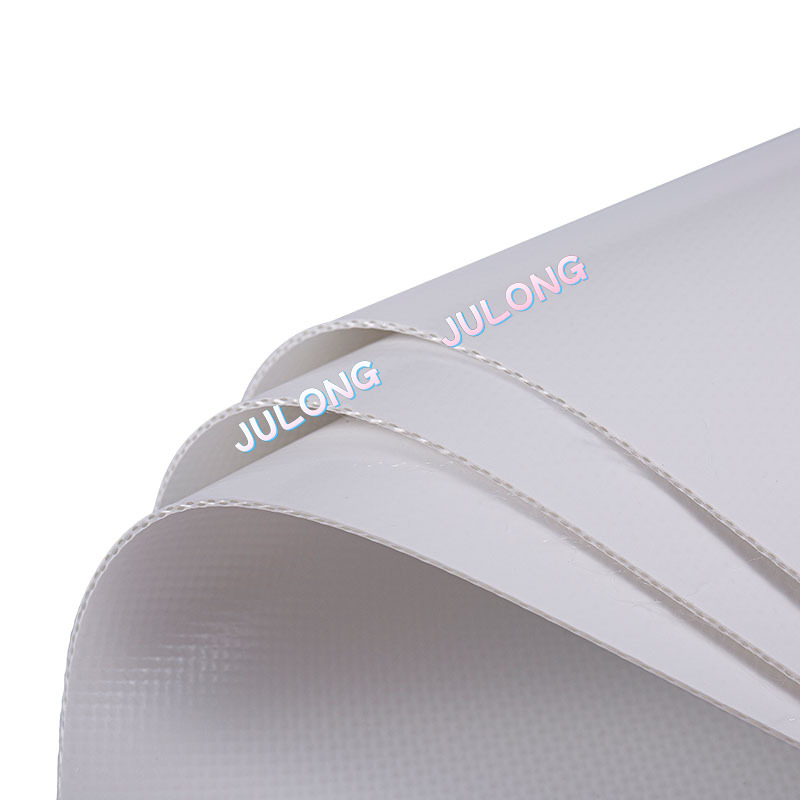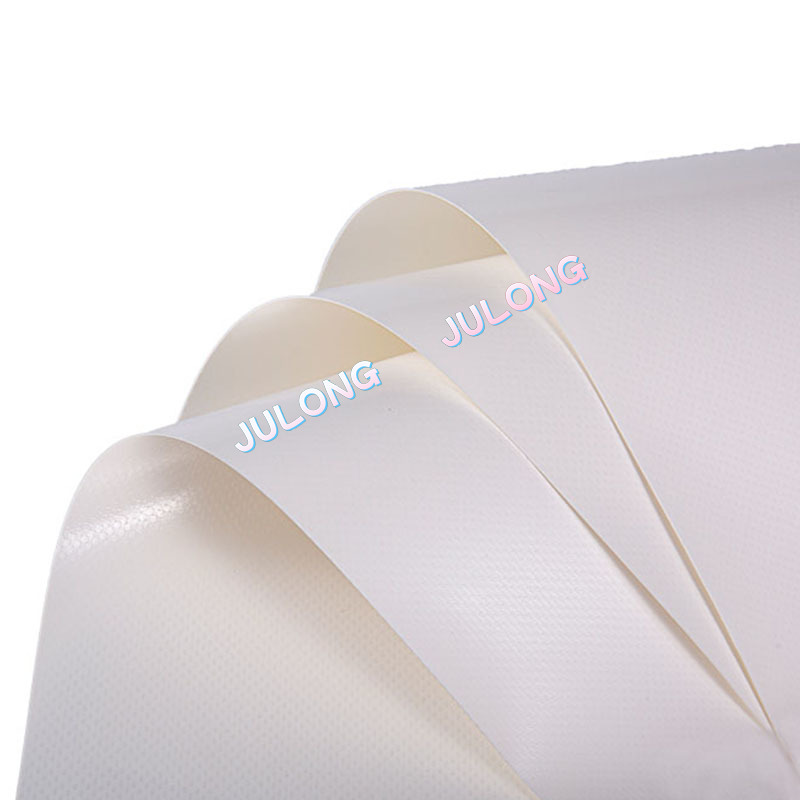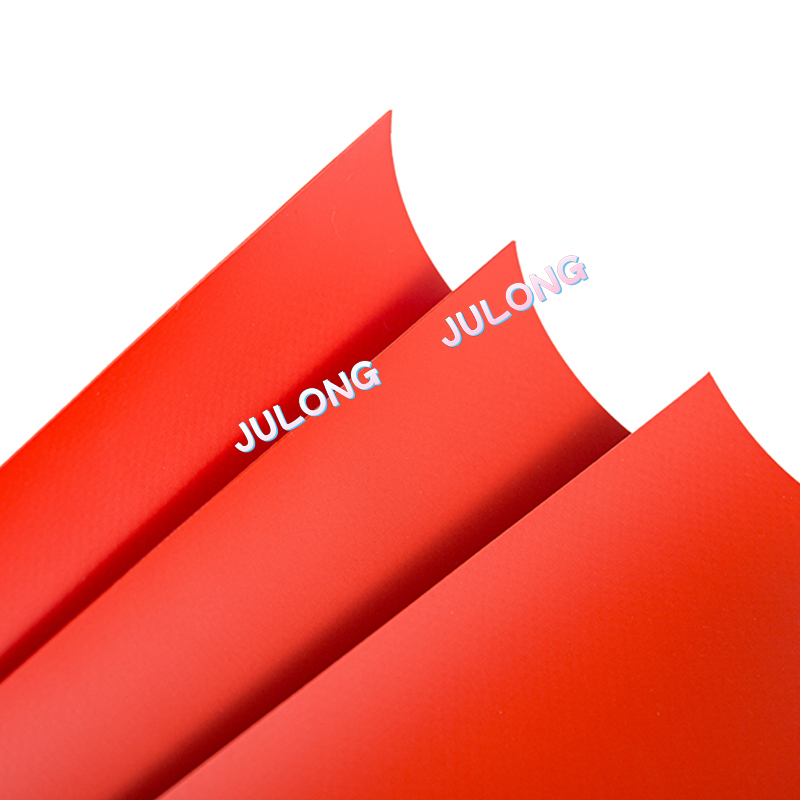Extreme or harsh climates can pose several challenges and problems for PVC tarpaulin, potentially affecting its durability, performance, and overall effectiveness. Some of the issues that can arise in such climates include:
UV Degradation: Prolonged exposure to intense sunlight and UV radiation in hot and sunny climates can lead to the degradation of PVC tarpaulin. UV radiation can break down the polymer chains in the PVC, causing the material to become brittle, crack, and lose its structural integrity.
Color Fading: UV radiation can also cause color fading and discoloration of PVC tarpaulin over time. The vibrant colors of the tarpaulin may become dull and less visually appealing.
Temperature Extremes: Extreme temperature fluctuations, such as rapid heating during the day and rapid cooling at night, can stress the PVC material and potentially lead to warping, cracking, or other forms of physical damage.
Heat-Induced Shrinkage: In extremely hot climates, PVC tarpaulin may experience heat-induced shrinkage, which can affect the tarpaulin's fit and coverage. This can lead to gaps or inadequate protection.
Abrasion and Wear: Harsh climates with high winds, sand, and dust can cause abrasion and wear on the surface of the PVC tarpaulin. Over time, this can weaken the material and reduce its lifespan.
Chemical Exposure: Some harsh climates may have elevated levels of air pollutants or chemicals that can interact with the PVC material and lead to degradation or discoloration.
Moisture and Mold: In humid or rainy climates, moisture can accumulate on the surface of the PVC tarpaulin. If not properly dried and maintained, this moisture can lead to the growth of mold, mildew, or other microorganisms that can deteriorate the material.
Wind Stress: Strong winds in harsh climates can exert significant stress on PVC tarpaulin, potentially causing tearing, stretching, or even detachment from its anchor points.
Snow and Ice: In colder climates, snow and ice accumulation on PVC tarpaulin can add weight and stress to the material. As snow melts and refreezes, it can also contribute to the degradation of the material.
Saltwater Exposure: For tarpaulins used in coastal areas or marine environments, exposure to saltwater can lead to corrosion of metal components (such as grommets and fasteners) and affect the overall integrity of the tarpaulin.
To mitigate these problems, it's important to select PVC tarpaulins that are specifically designed and manufactured to withstand the challenges of the intended climate. Regular inspections, maintenance, and proper care can also help prolong the lifespan of PVC tarpaulin in extreme or harsh conditions. In some cases, additional protective measures such as UV-resistant coatings, anchoring systems, and proper storage during severe weather events may be necessary to ensure the longevity and effectiveness of PVC tarpaulin.




 English
English عربى
عربى